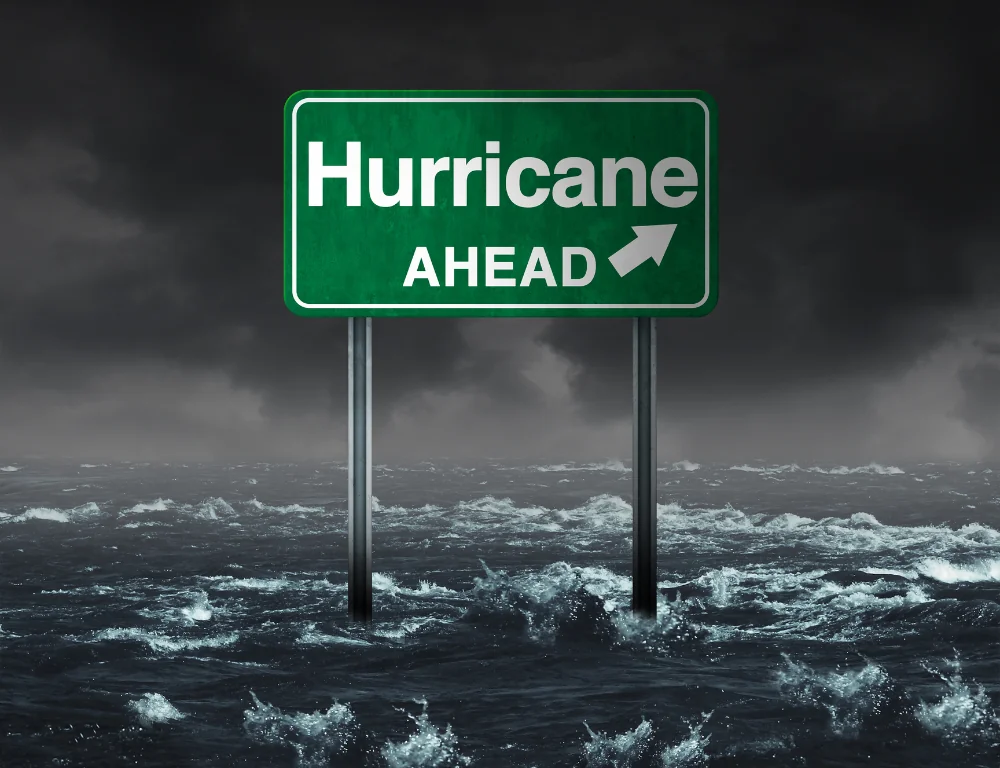Even under the best conditions, supply chain management is temperamental, add in the unpredictability of hurricane season your supply chain can quickly spiral out of control, causing confusion and delays.
The impact of hurricane season on an area is not always understood until days, weeks, and even months after landfall. That is why it is vitally important that supply chain managers are ready to adapt to whatever Mother Nature decides.
Time of year:
Hurricane season occurs from June 1 through November 30, with peak activity between late August and mid-September. While not impossible, it is rare for larger storms to form early in the season; you will typically experience the most disruption during peak season and into October.
Unfortunately, the timeline of shipping during hurricane season coincides with the holiday season shipping schedules.
Regions:
Although Florida experiences a greater amount of hurricane activity, it receives less damage to its infrastructure than other coastal states. Shipping during hurricane season often causes delays due to excessive flooding in large metropolitan cities that were impacted.
States like Texas, Louisiana, Georgia, and the Carolinas see a more considerable impact on their infrastructure, which can cause prolonged clean-up and result in more delays and reroutes.
Plan ahead:

Stay aware:
The Hurricane Center is a great place to keep up to date on tropical weather patterns and anticipated paths of travel. The organization starts tracking storms before they are named and can typically predict paths of travel two weeks prior to landfall. Although the storm can change direction until landfall, this can help you prepare your supply chain for shipping during hurricane season.
Have a backup plan:
Have your emergency plans ready and be prepared to increase production at another facility in the case one location is affected by the storm and is delayed in returning to operations again after the storm. This goes for all aspects of your supply chain; if one piece of the chain is broken, the whole system is thrown into chaos.
You can minimize your need to activate your emergency plans while shipping during hurricane season, by partnering with organizations that are strategically placed in areas that are less prone to natural disasters.
Talk to each of your providers before you implement your backup plan and run a trial to ensure you catch any unforeseen issues.
Diversify carriers:
Having a diverse portfolio of carriers is important at any point, but during storm season, it can help minimize cost while ensuring product is protected and continues to move.
Directly before or after a storm hits, you can expect a short influx of capacity that causes truck load rates to dip as drivers try to clear the area and move product out. Once storm surges have cleared and the initial carriers have left, you will see capacity tighten and rates increase, as less product is coming out of the affected area.
Depending on the devastation caused by a storm, FEMA can be called in to help the affected area, the need for supplies and resources can quickly grab all available trucks in the area causing capacity to shrink and rates to skyrocket. By working with a brokerage that has a large network of carries and backed by assets, you can pivot, and get your product moving to meet your delivery deadlines.



